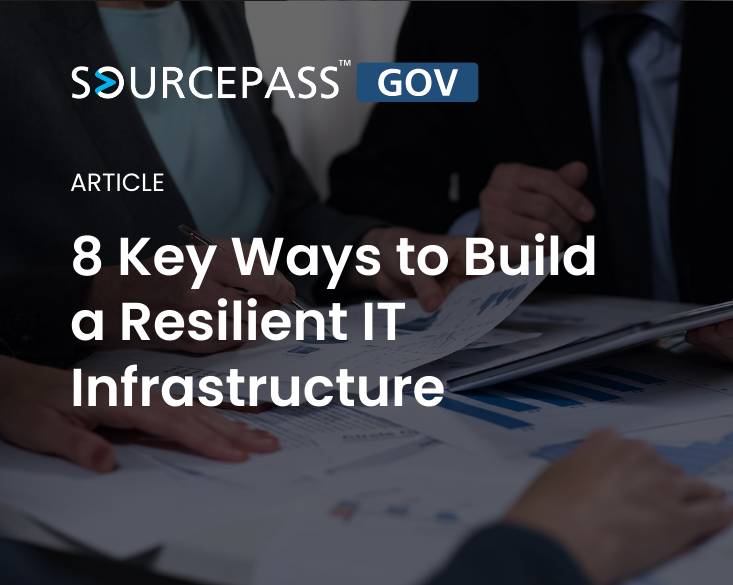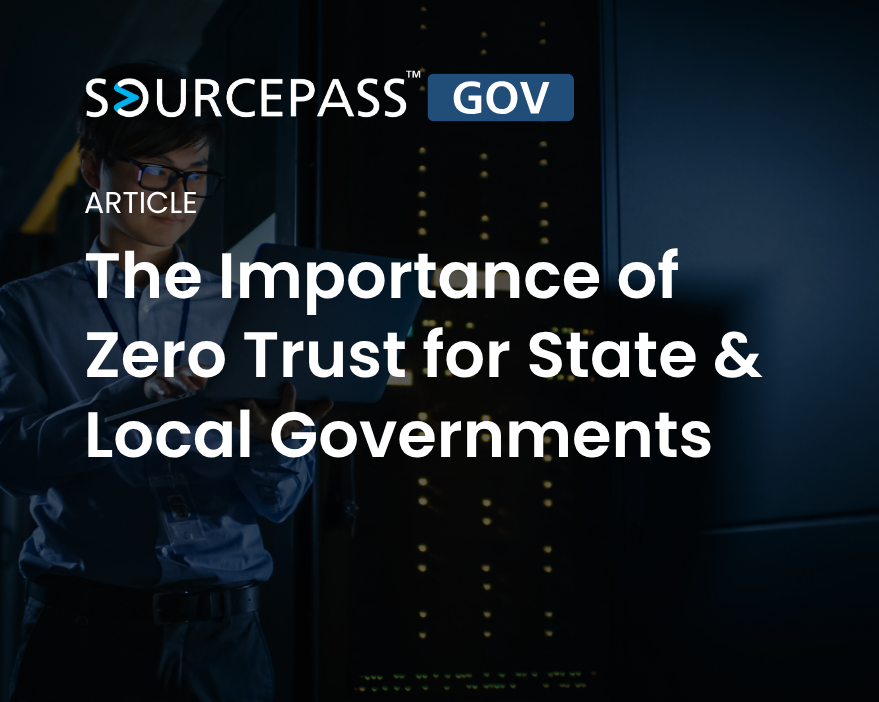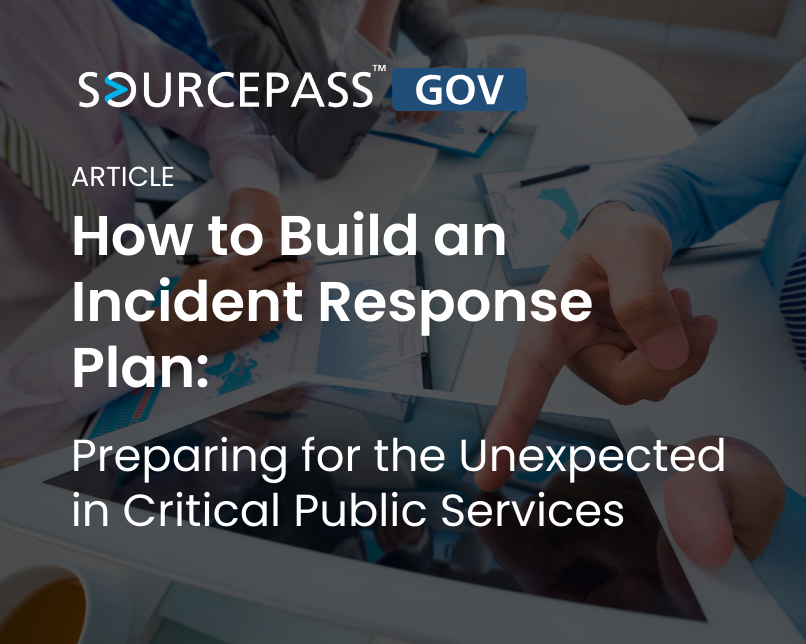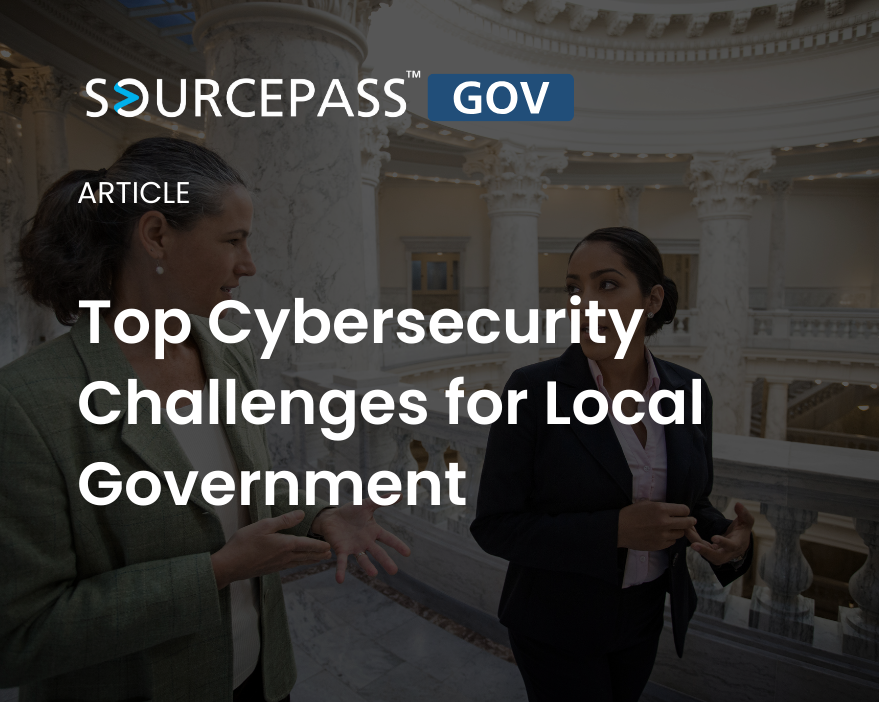3 min read
Top 10 Priorities for State Chief Information Officers
More than halfway through 2025, state Chief Information Officers (CIOs) continue to navigate a dynamic landscape of technological advancements and...

In 2025, a resilient IT infrastructure is no longer optional for public sector services.
From local governments to public education and first responders, orgs must ensure their IT systems can withstand disruptions, adapt to changes, and continue delivering critical services to the public.
In this guide, we'll review key tactics to building resilient IT infrastructure tailored to the unique needs of your public sector organization.
Start by evaluating your existing IT infrastructure to understand its strengths and weaknesses. Identify critical systems, potential failure points, and areas requiring upgrades.
Steps to Take:
Redundancy ensures that critical services can continue operating during hardware failures or network disruptions. Failover systems automatically switch to backup resources to minimize downtime.
Key Considerations:
Cloud solutions provide scalability, enabling public sector organizations to adapt quickly to changing demands. Cloud-based infrastructure also enhances disaster recovery and reduces reliance on physical data centers.
Best Practices:
Public sector services are frequent targets of cyberattacks. Building resilient IT infrastructure requires robust cybersecurity protocols to protect sensitive data and systems.
Actionable Steps:
Scalable networks allow public sector organizations to accommodate increased demands without significant disruptions. This is especially important for growing populations or during emergencies.
Implementation Tips:
A disaster recovery plan ensures that public sector services can quickly recover from unexpected events such as natural disasters, cyberattacks, or equipment failures.
Essential Components:
Resilient IT infrastructure requires ongoing monitoring and maintenance to prevent issues before they escalate. Predictive analytics and automation can streamline this process.
Recommendations:
Building resilient infrastructure requires collaboration between IT, operations, and leadership teams. Breaking down silos ensures a unified approach to resilience.
Strategies:
A resilient IT infrastructure is the backbone of reliable public sector services. By assessing current systems, investing in redundancy, enhancing cybersecurity, and fostering collaboration, your organization can feel confident it can ensure continuity and adapt to future challenges.
At Sourcepass GOV, we specialize in designing resilient IT solutions tailored to the public sector. Contact us to learn how we can help your organization build a robust and future-proof IT infrastructure.

3 min read
More than halfway through 2025, state Chief Information Officers (CIOs) continue to navigate a dynamic landscape of technological advancements and...

2 min read
Protecting student data is a top priority for school districts. New York's Education Law §2-d, enacted during the 2014-2015 fiscal year, sets forth...

3 min read
Ransomware attacks are a significant threat to state and local governments. These attacks can cripple essential services, compromise sensitive data,...

In the public sector, safeguarding your most sensitive data is a top priority. Whether it’s personal information of citizens, private student...

In the evolving digital landscape of public service, local organizations are increasingly exposed to a variety of risks—from cyberattacks to...

In 2025, local governments across the United States are dealing with new and emerging cyber threats. As technology evolves, so do the tactics of...